Are you frustrated with a warranty that didn't hold up as promised? You're not aloneâmany consumers find themselves at odds with companies over misleading warranty terms. In this article, we'll explore the common pitfalls of warranty claims and how you can effectively voice your concerns. So, if you're ready to take a stand and learn more about addressing this issue, keep reading!

Clear and concise subject line
Misleading Warranty Policy for Product XYZ Model The warranty policy for Product XYZ Model, purchased on July 15, 2023, claimed extensive coverage for defects and malfunctions. In practice, the limitations imposed by the fine print and exclusion clauses fail to align with the promises made during the sales process, leading to confusion and dissatisfaction. Key terms such as "defective materials" and "workmanship" require clearer definitions. The lack of transparency surrounding the warranty's validity period, specifically regarding what constitutes "regular use," raises concerns. Resolution of this discrepancy is essential for maintaining customer trust and accountability.
Detailed description of the issue
Customers often encounter misleading warranty information, especially regarding electronics like smartphones or laptops. Many brands advertise a one-year warranty which may exclude critical components such as the battery or charging port. For instance, a prominent tech company (like Apple or Samsung) may highlight a comprehensive warranty but fail to disclose specific conditions in fine print. Customers discover after purchase that certain damages, particularly those from user mishandling or wear and tear, are not covered. This creates frustration, leading to unexpected repair costs averaging over $150. The lack of clear communication regarding warranty limitations can result in consumer mistrust and potential legal disputes, emphasizing the necessity for transparent practices.
References to warranty terms and discrepancies
Misleading warranty practices can create frustration for consumers purchasing products, particularly in the electronics industry. Many manufacturers, including major brands like Samsung or Apple, offer warranty terms that promise product durability and repair coverage for specific durations, often ranging from one to three years. Discrepancies in these warranty details may arise, such as unexpected exclusions for certain damage types or limitations on coverage in specific regions. Customers might encounter situations where claims are denied despite adherence to the outlined criteria, leading to confusion and dissatisfaction. Clear documentation of warranty terms is essential for maintaining trust, as misunderstanding these critical details can result in significant financial impacts and unmet consumer expectations.
Specific resolution or action required
Misleading warranty claims can create confusion and frustration among consumers. For instance, a two-year warranty for electronic devices, such as smartphones and laptops, often contains clauses that limit coverage on accidental damage (excluding physical impacts) and wear and tear. Consumers may expect comprehensive protection, yet learn that certain conditions void their claims, leading to dissatisfaction. A clear request for a straightforward resolution, like honoring the warranty for legitimate issues or providing a detailed explanation of exclusions, is necessary. Providing specific actions required from the company, such as reimbursing repair costs or extending warranty coverage, can better address consumer grievances and restore trust.
Contact information for follow-up
Misleading warranty advertising can lead to consumer dissatisfaction and distrust. Numerous brands often promise extensive warranty coverage, yet fine print reveals significant limitations, causing confusion and frustration among customers. For instance, electronics manufacturers, like Apple and Samsung, sometimes advertise warranties that exclude common damages, such as accidental drops or water exposure. Such omissions can result in unexpected repair costs, with fees exceeding hundreds of dollars. Furthermore, product registration processes may complicate warranty claims, leaving consumers feeling unsupported and misled. Consequently, consumer protection agencies encourage individuals to thoroughly review warranty terms and maintain contact information for follow-up, ensuring clarity and transparency in purchasing agreements.

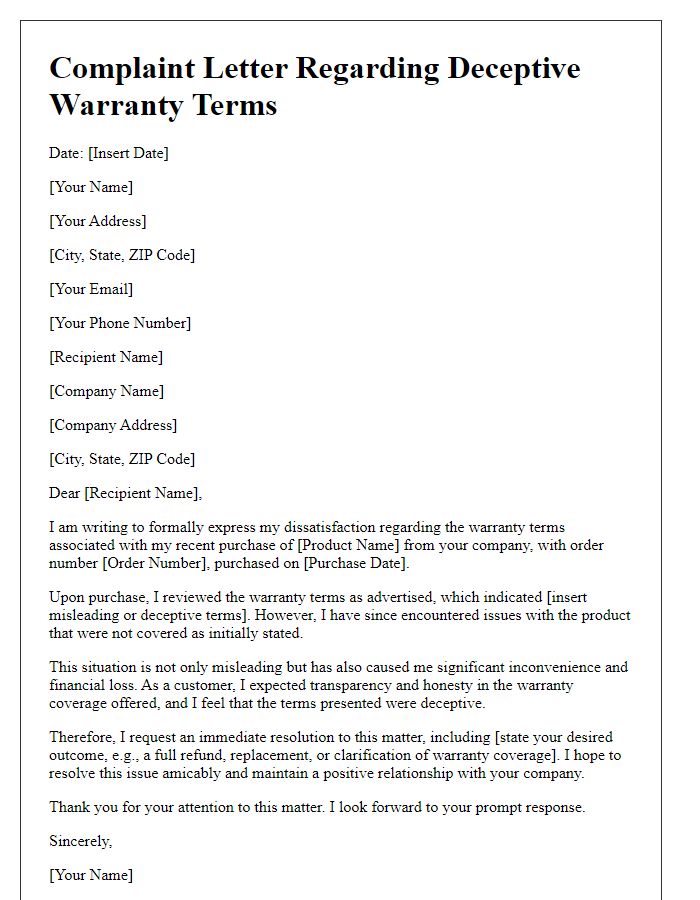
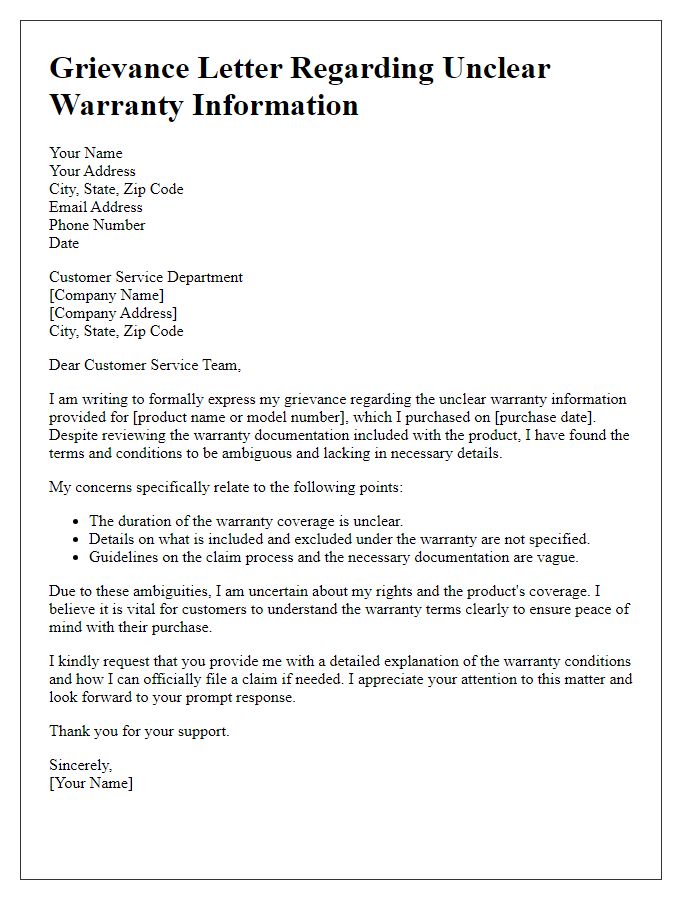
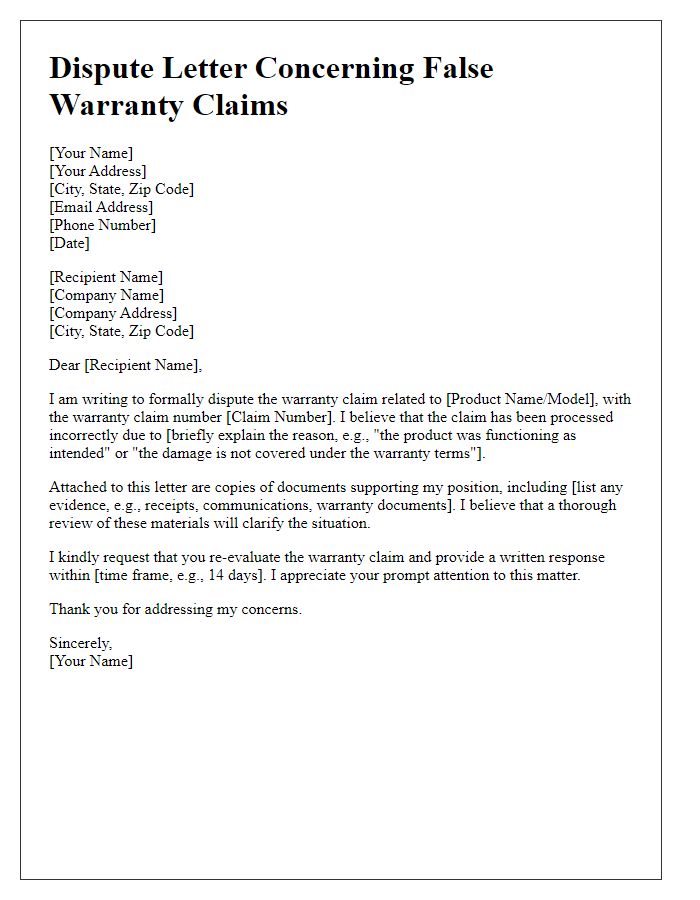
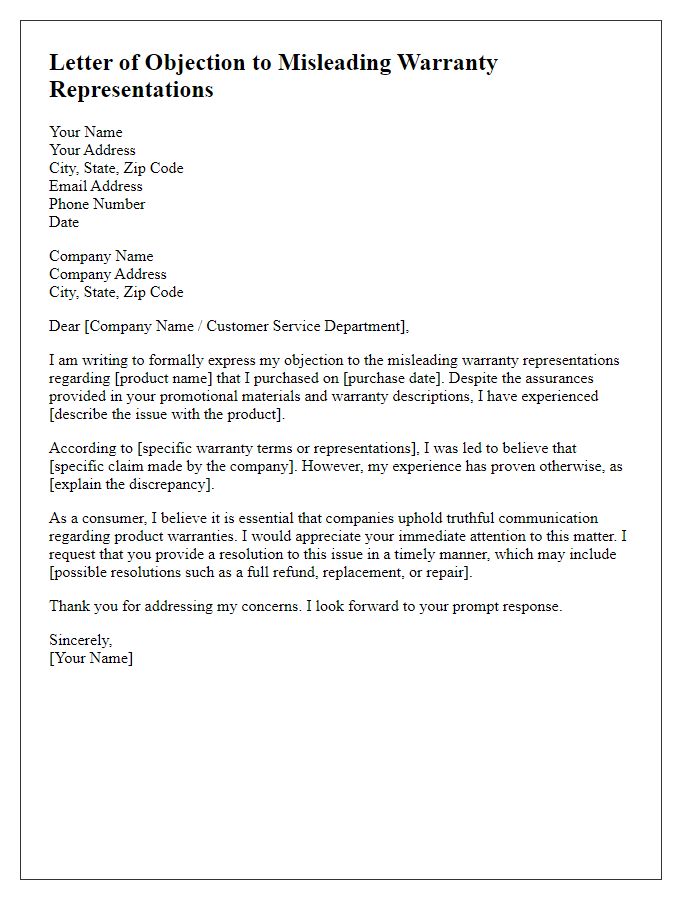
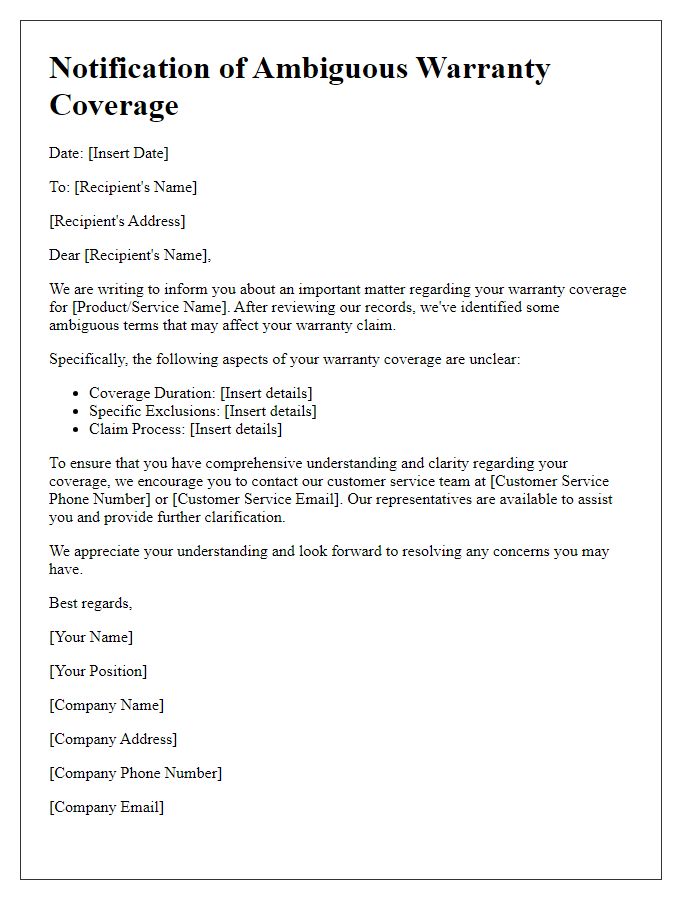
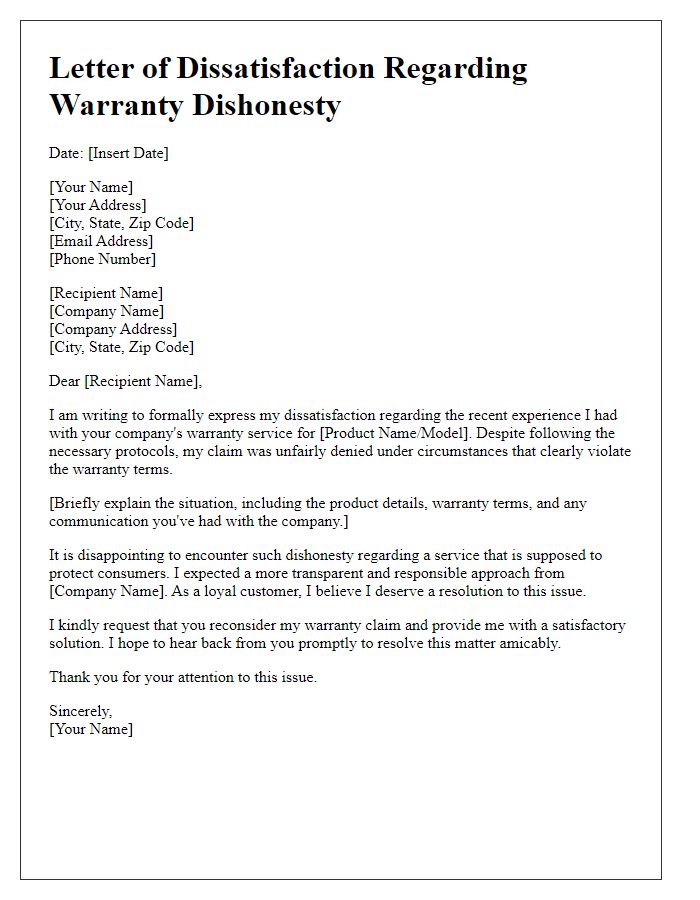
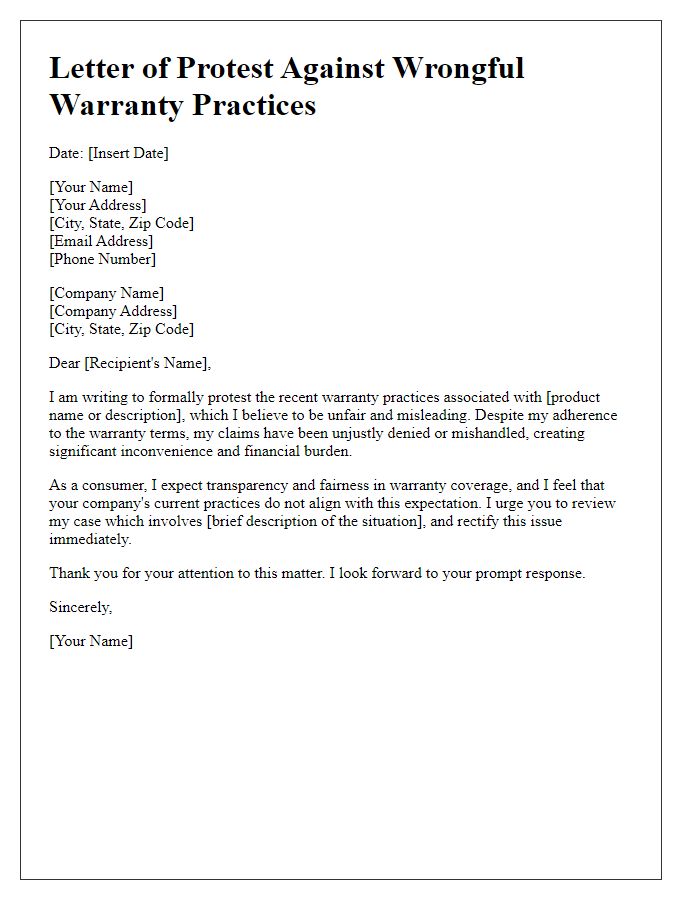
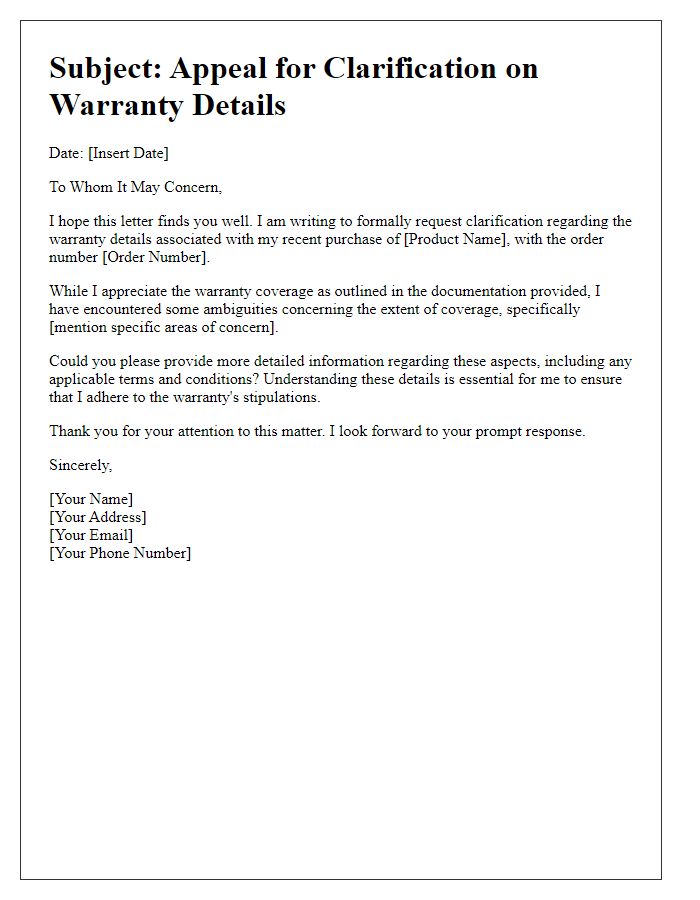
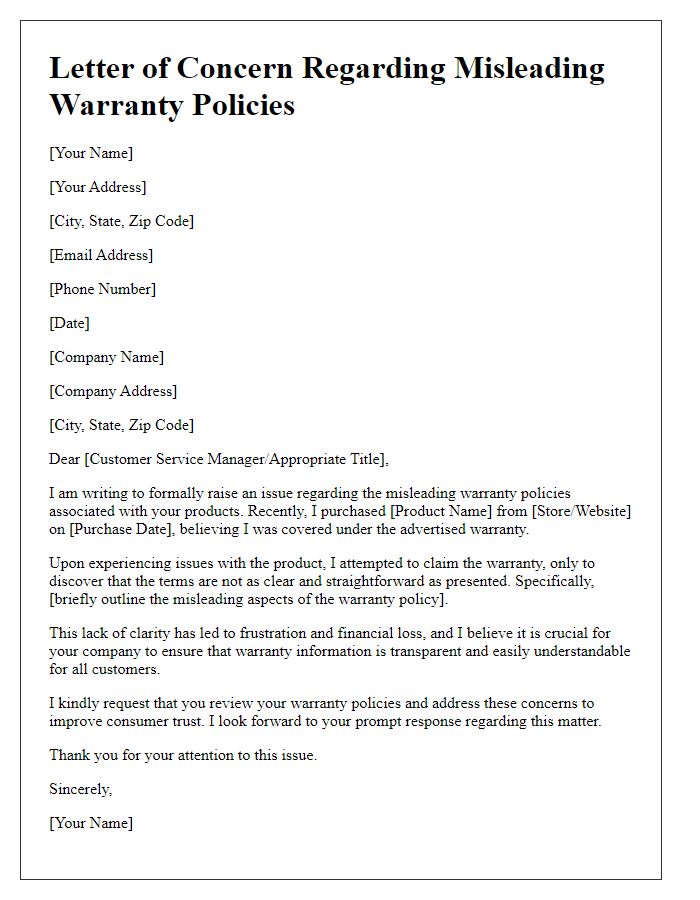
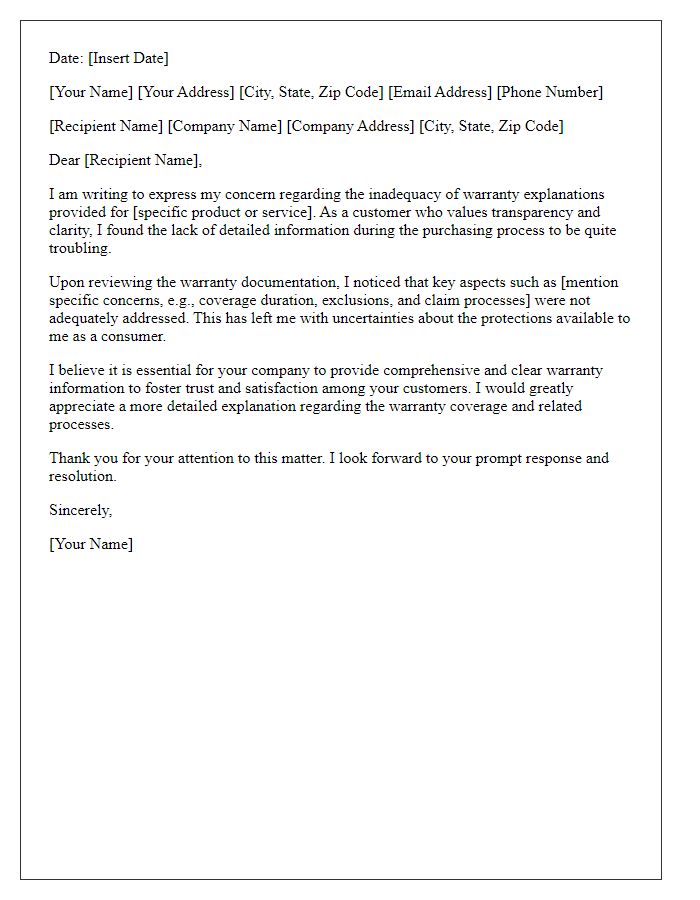


Comments